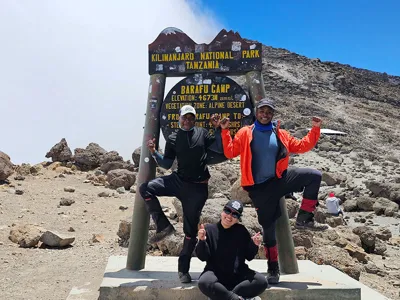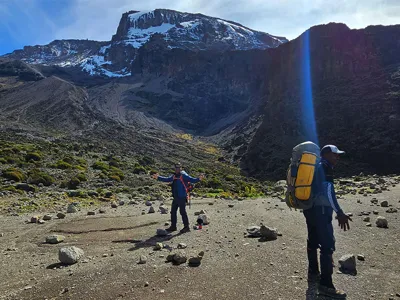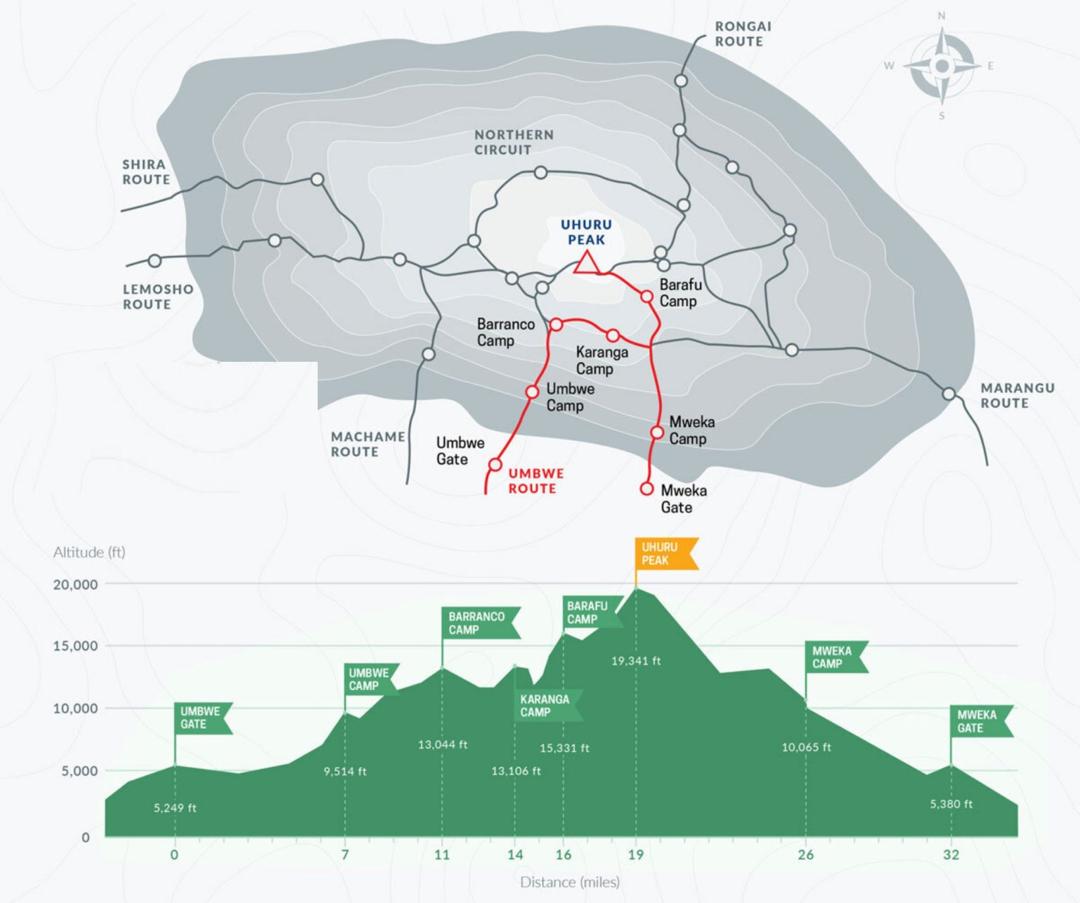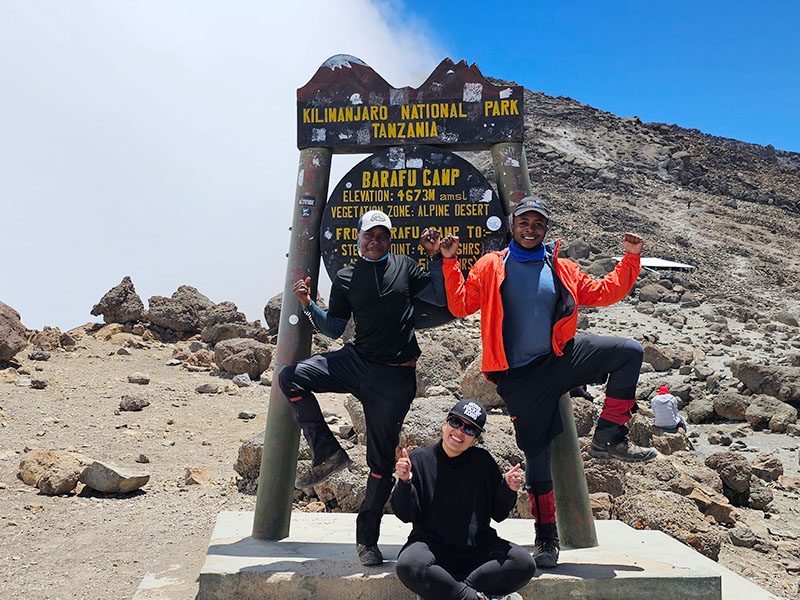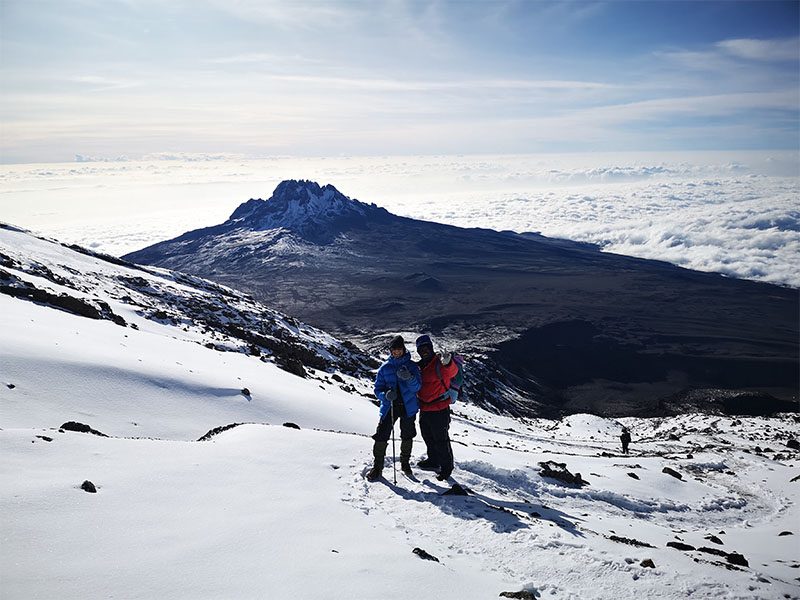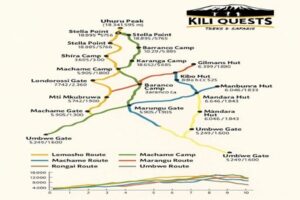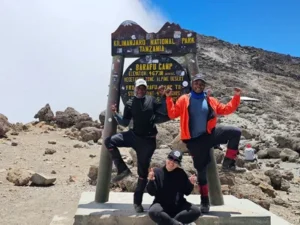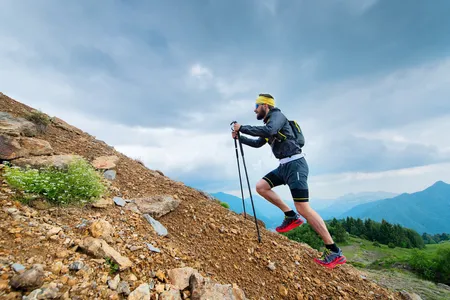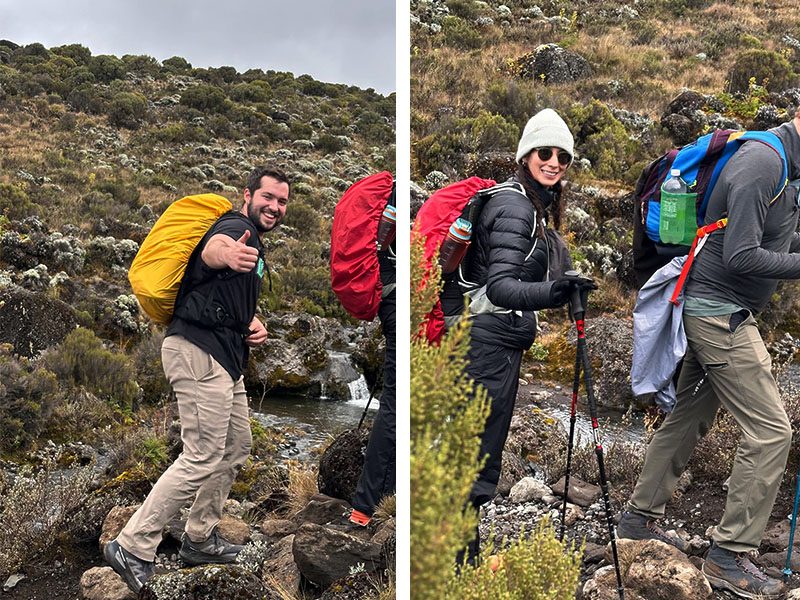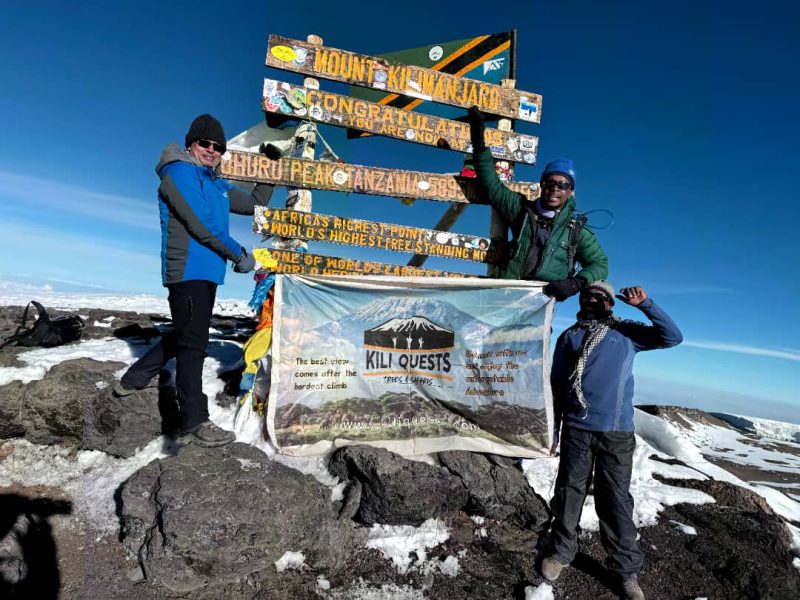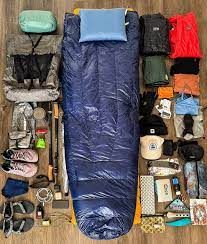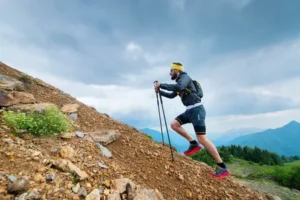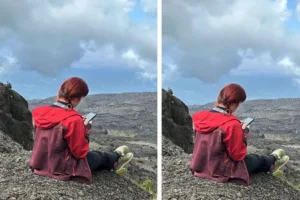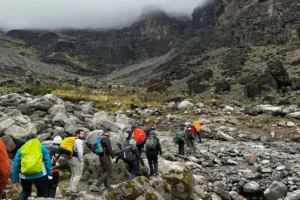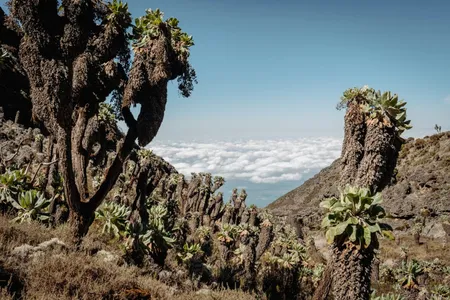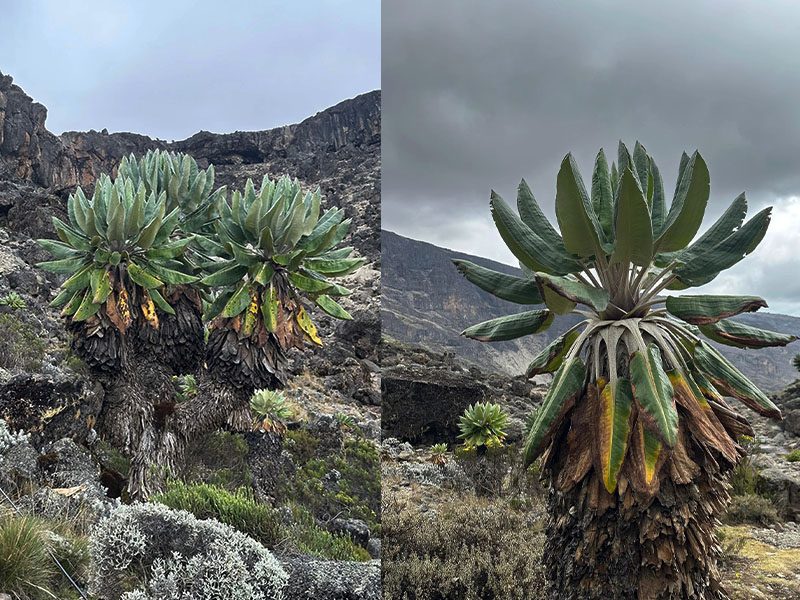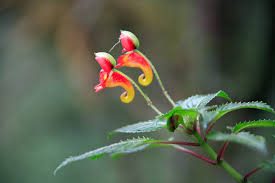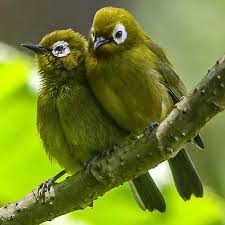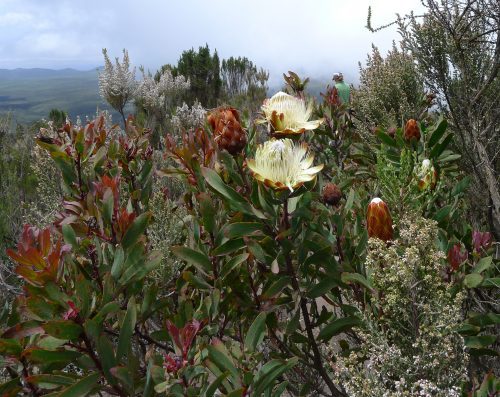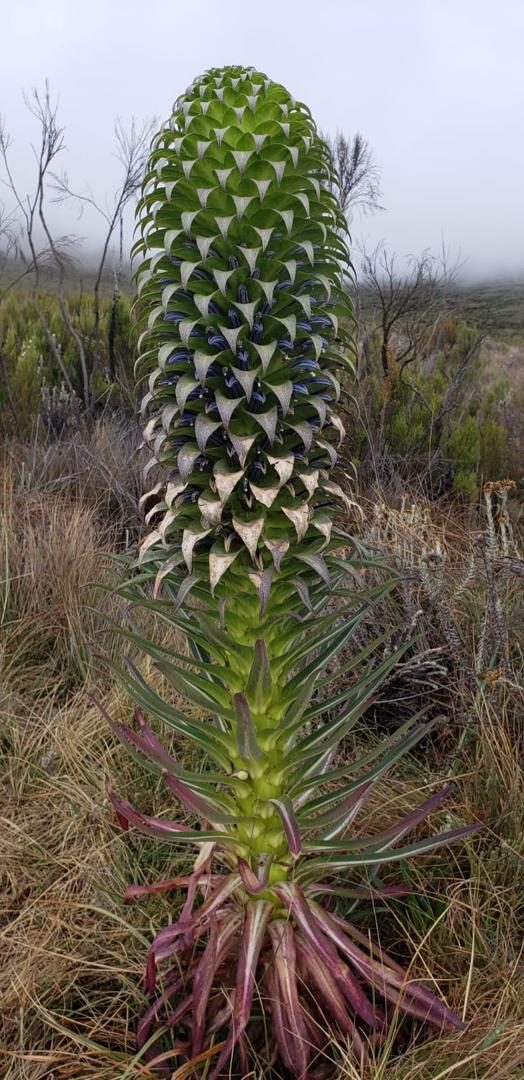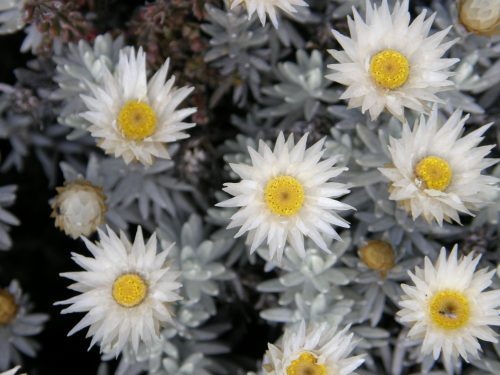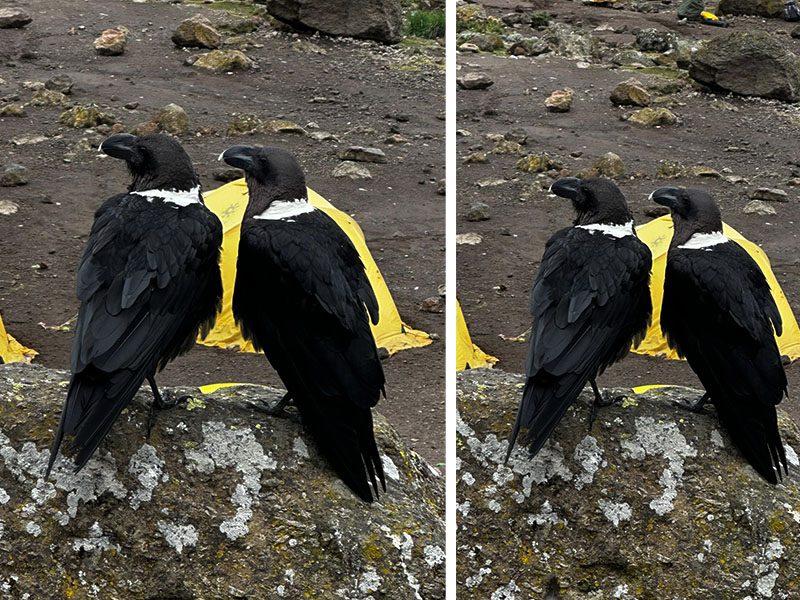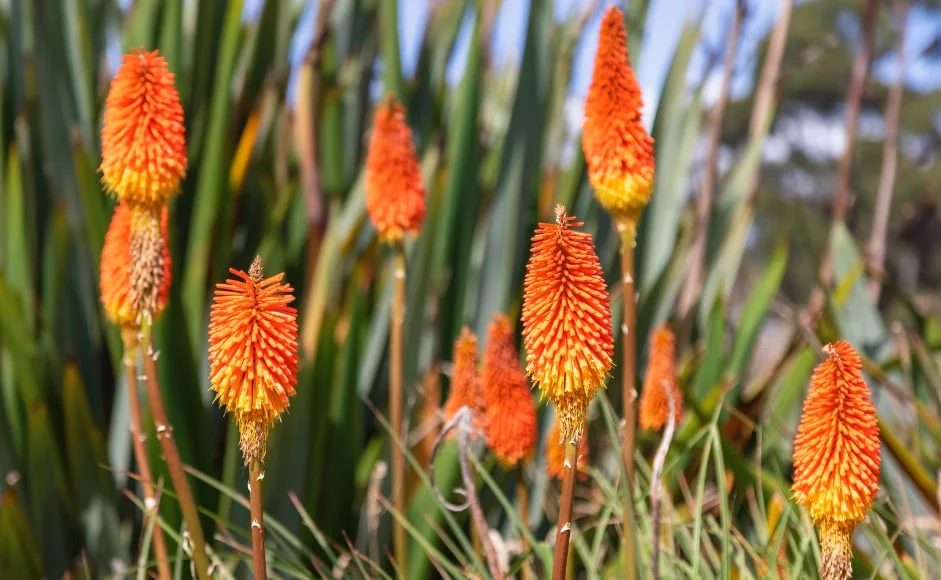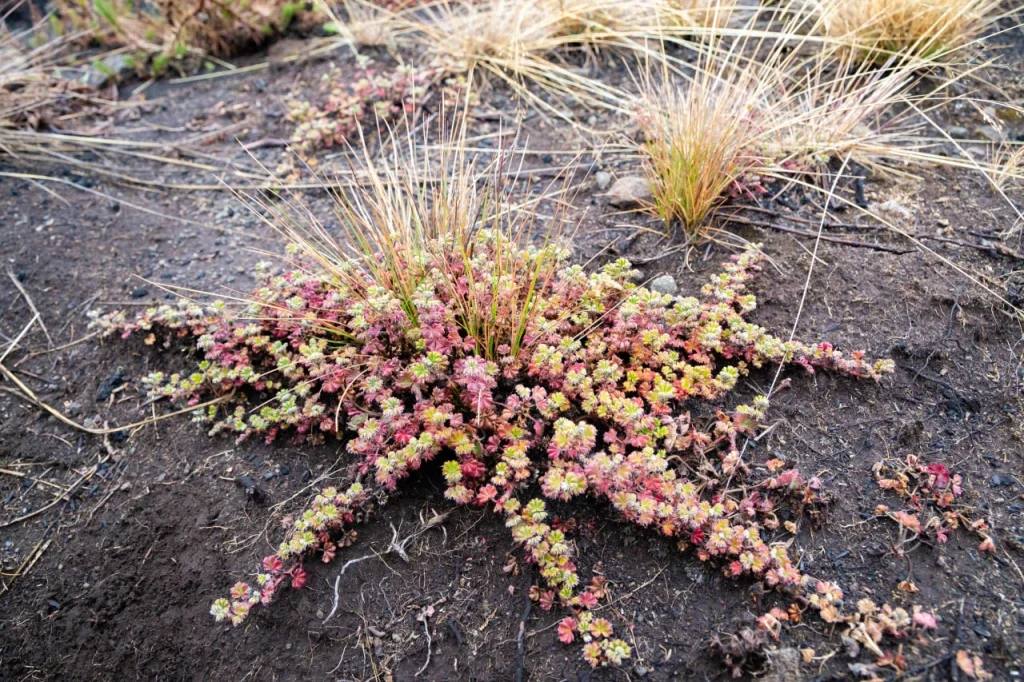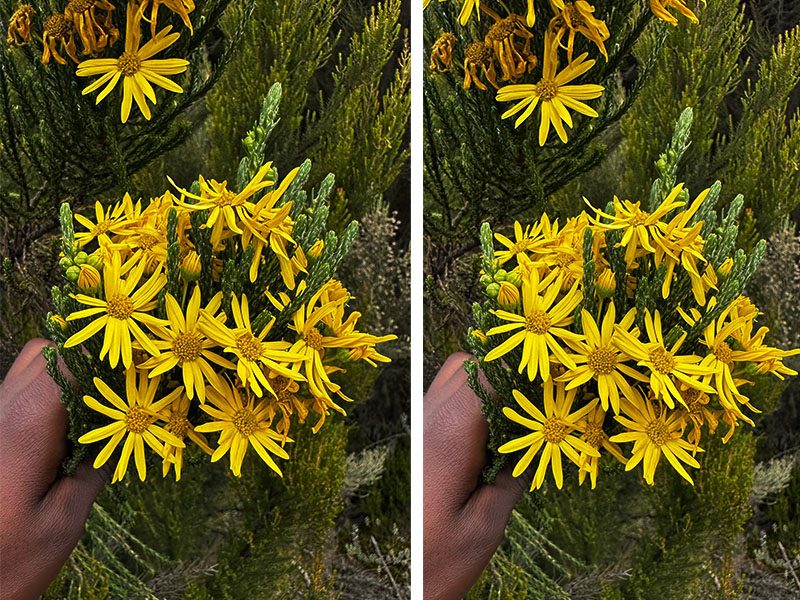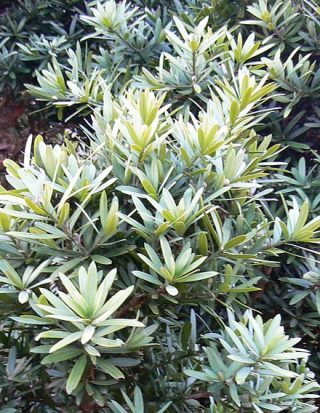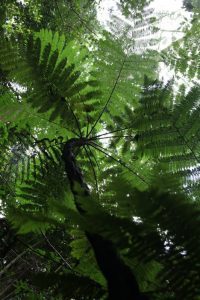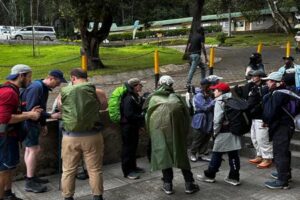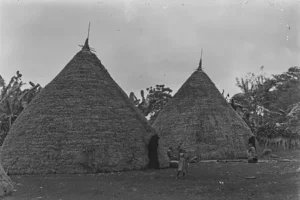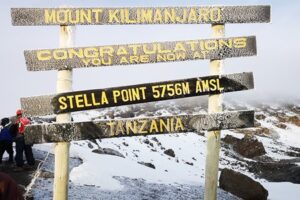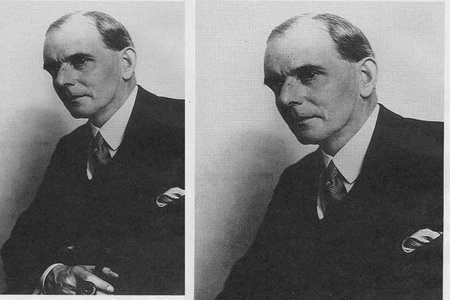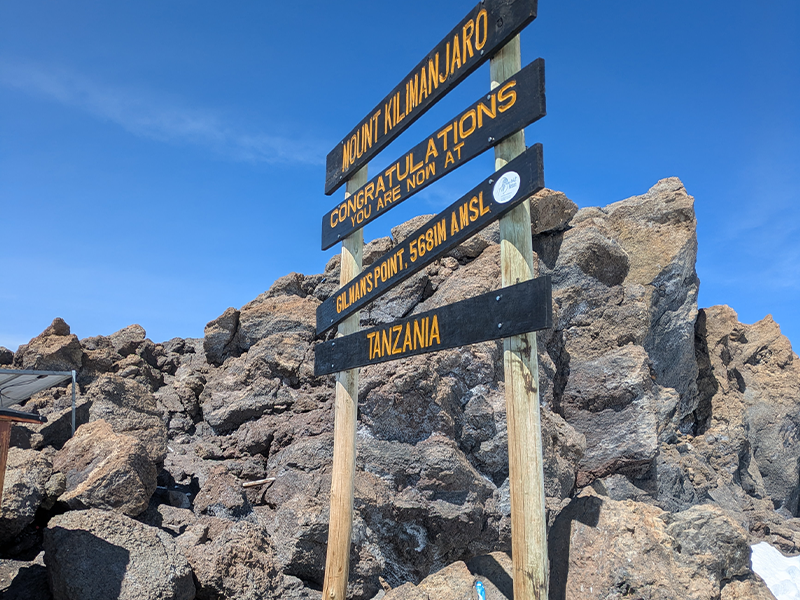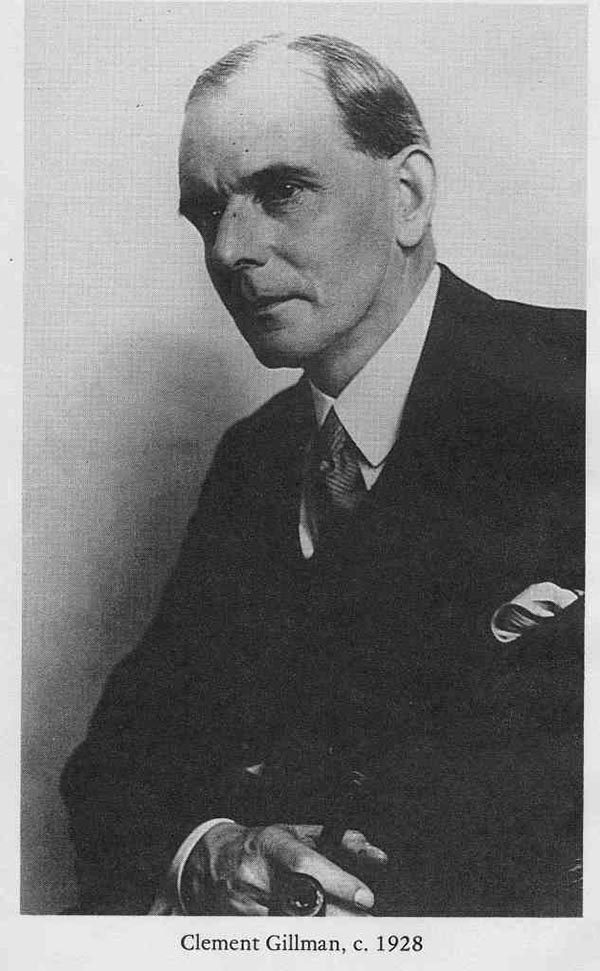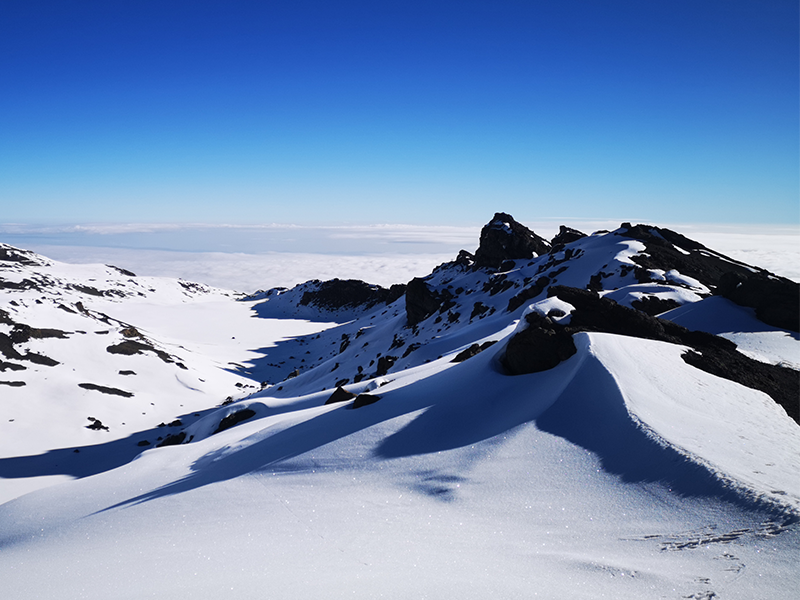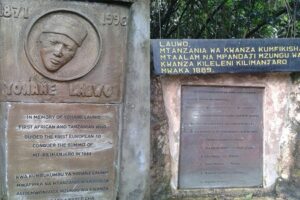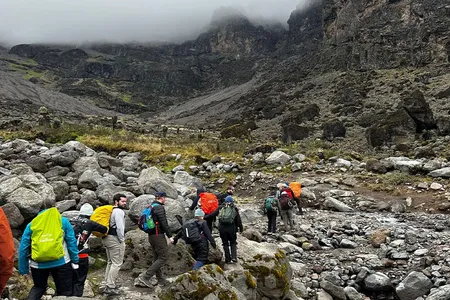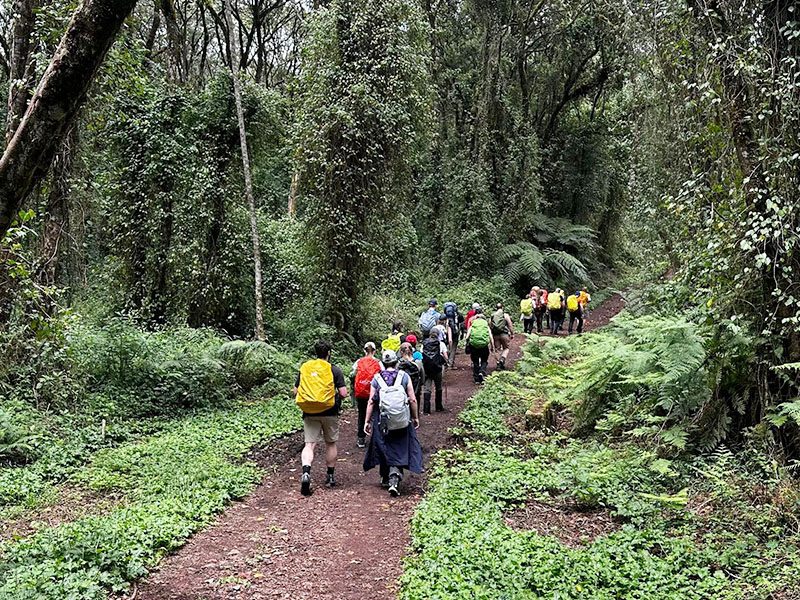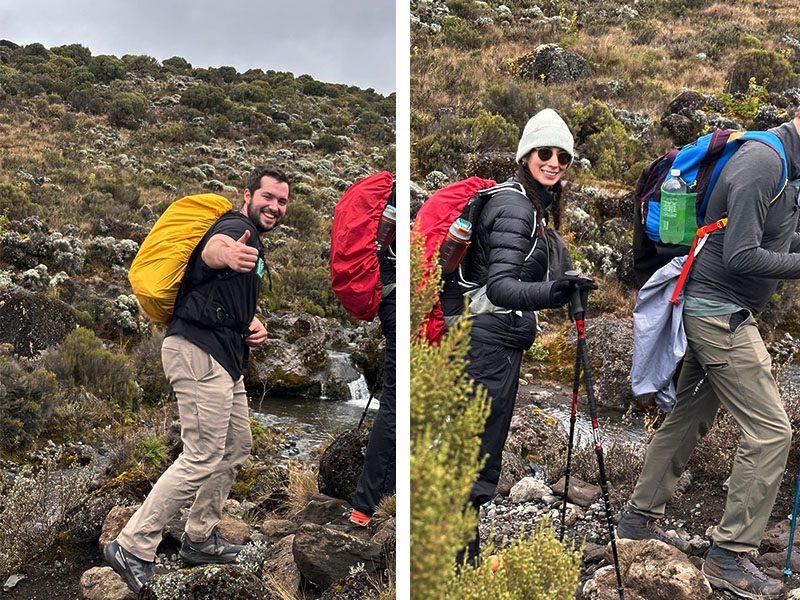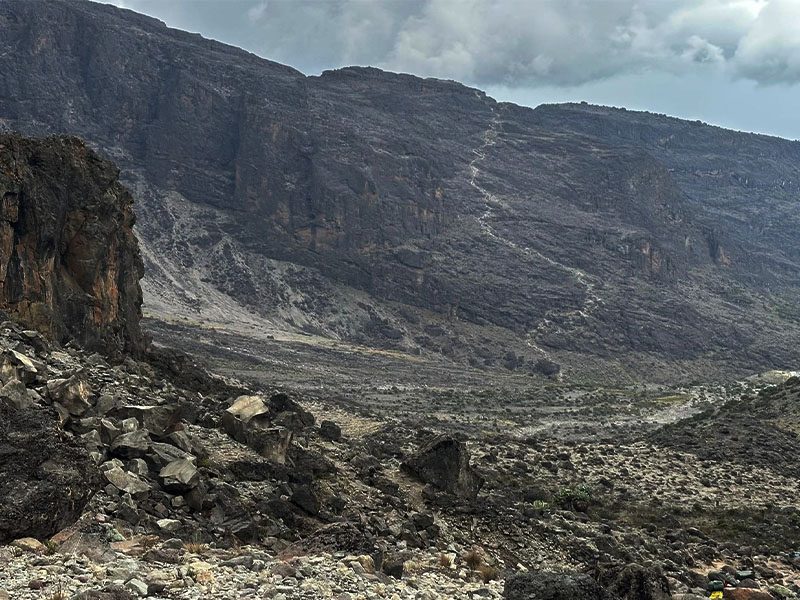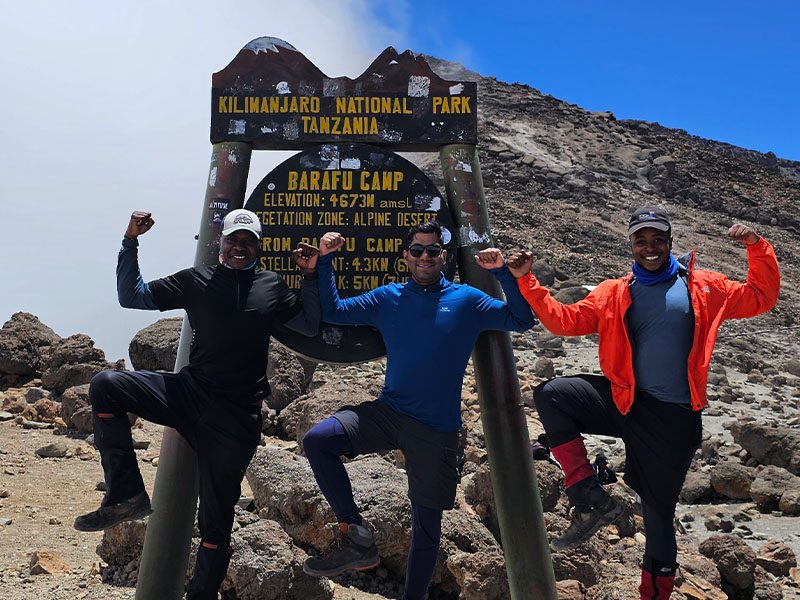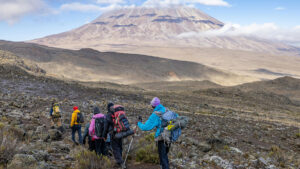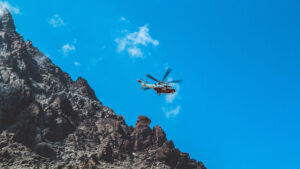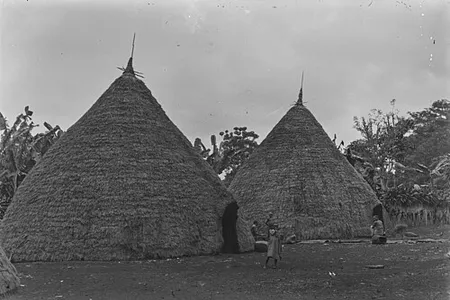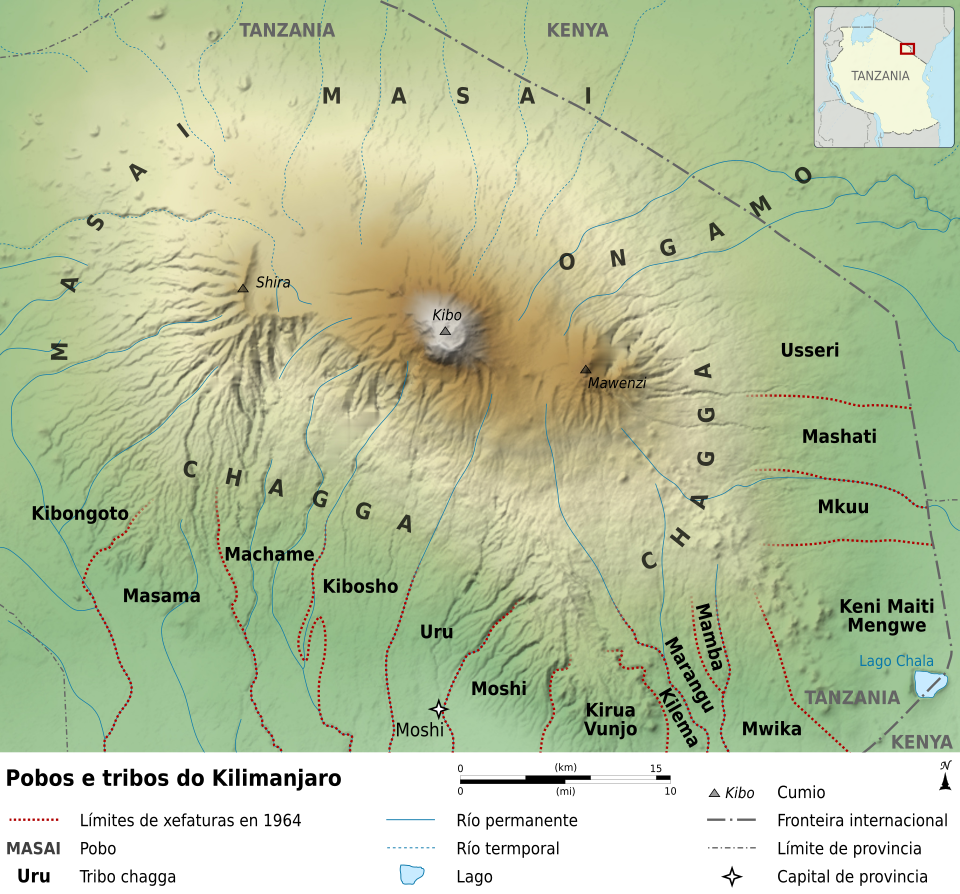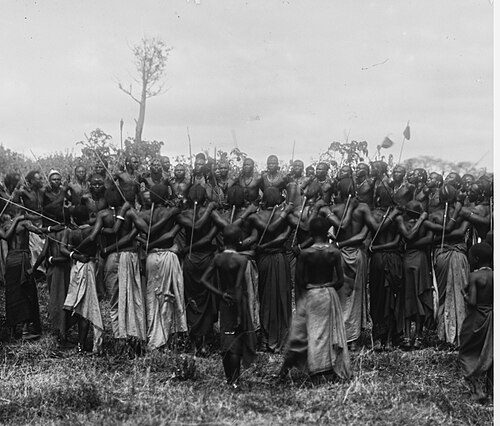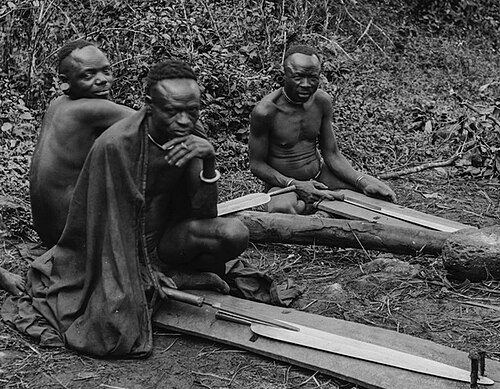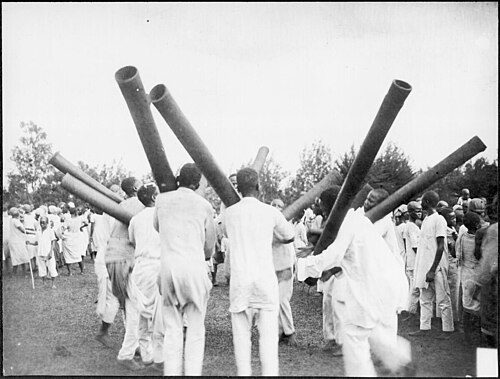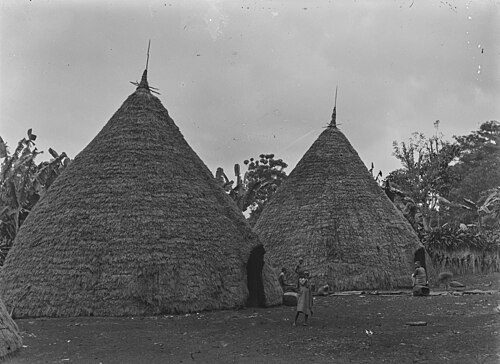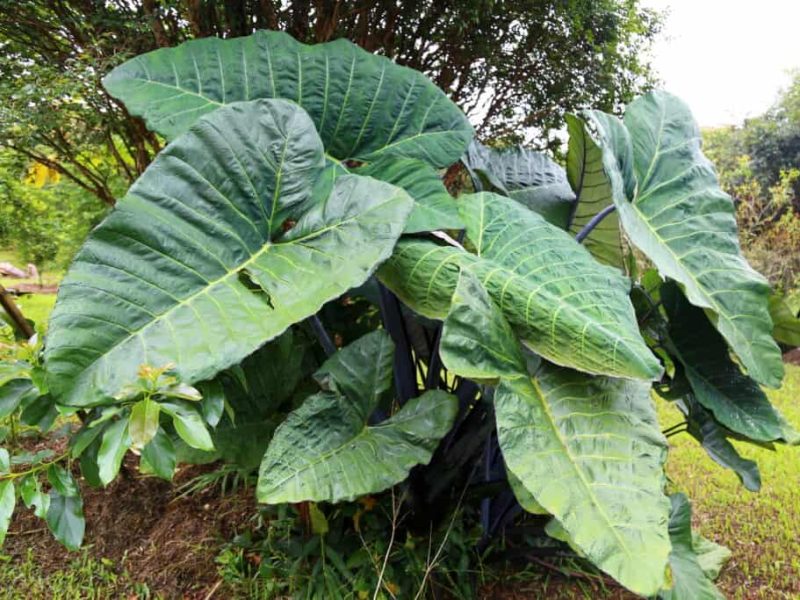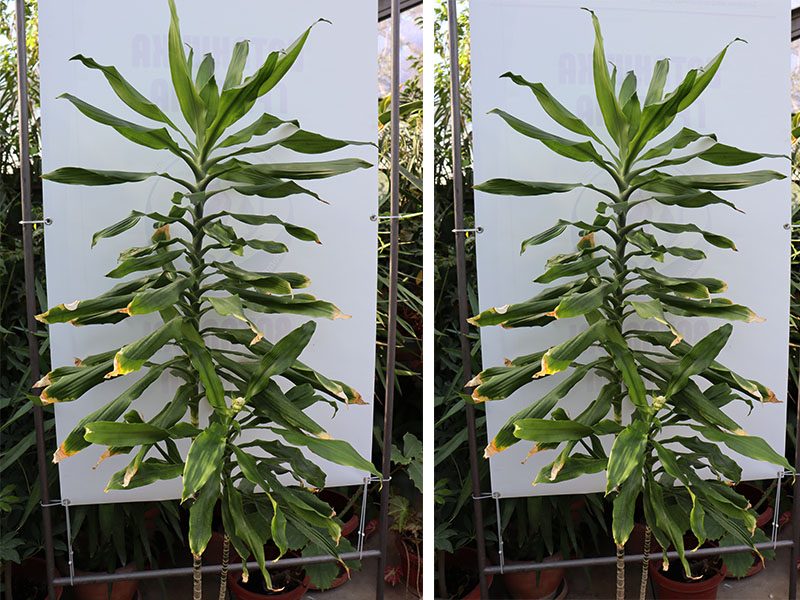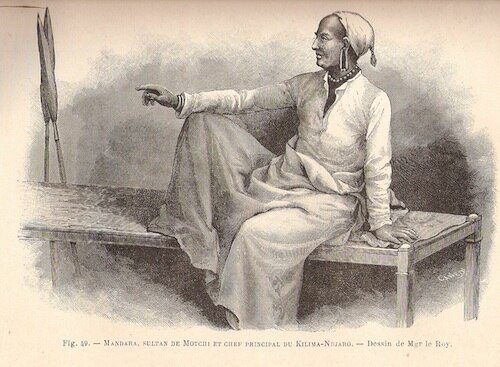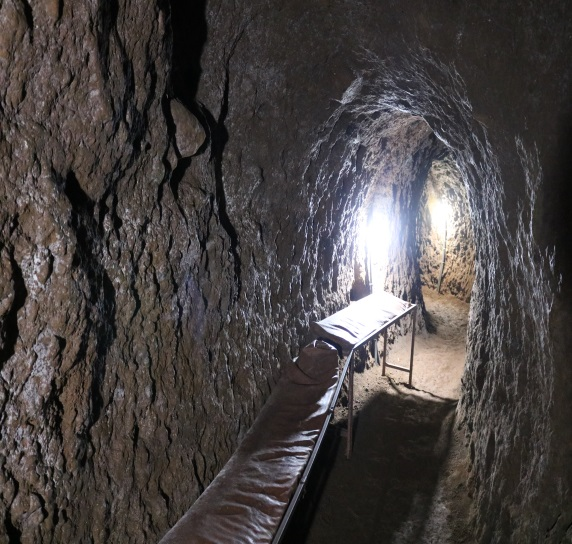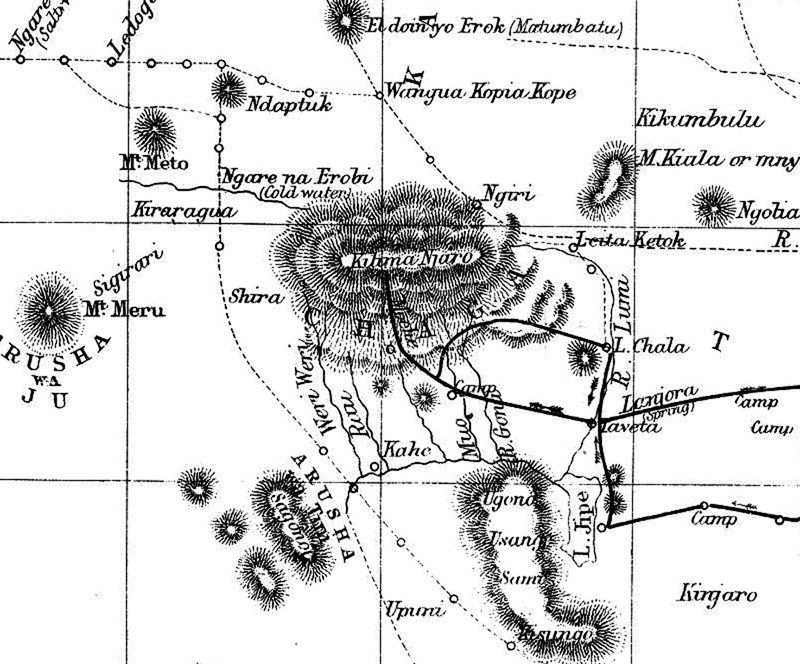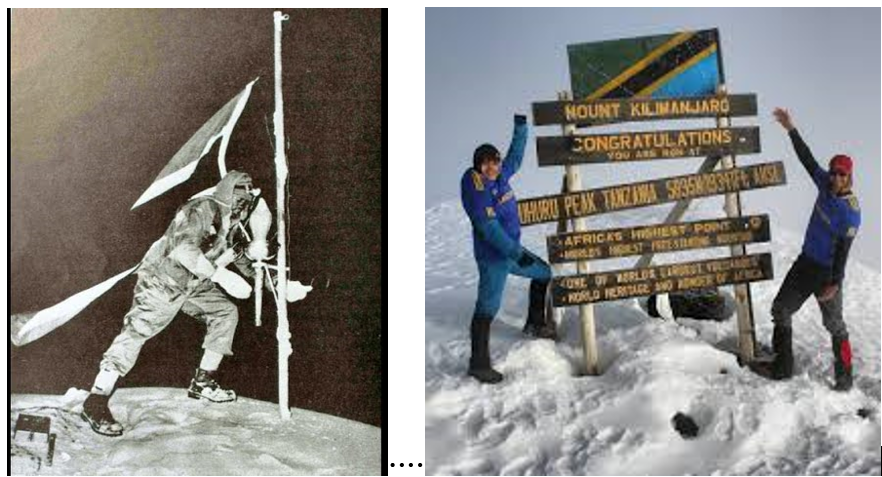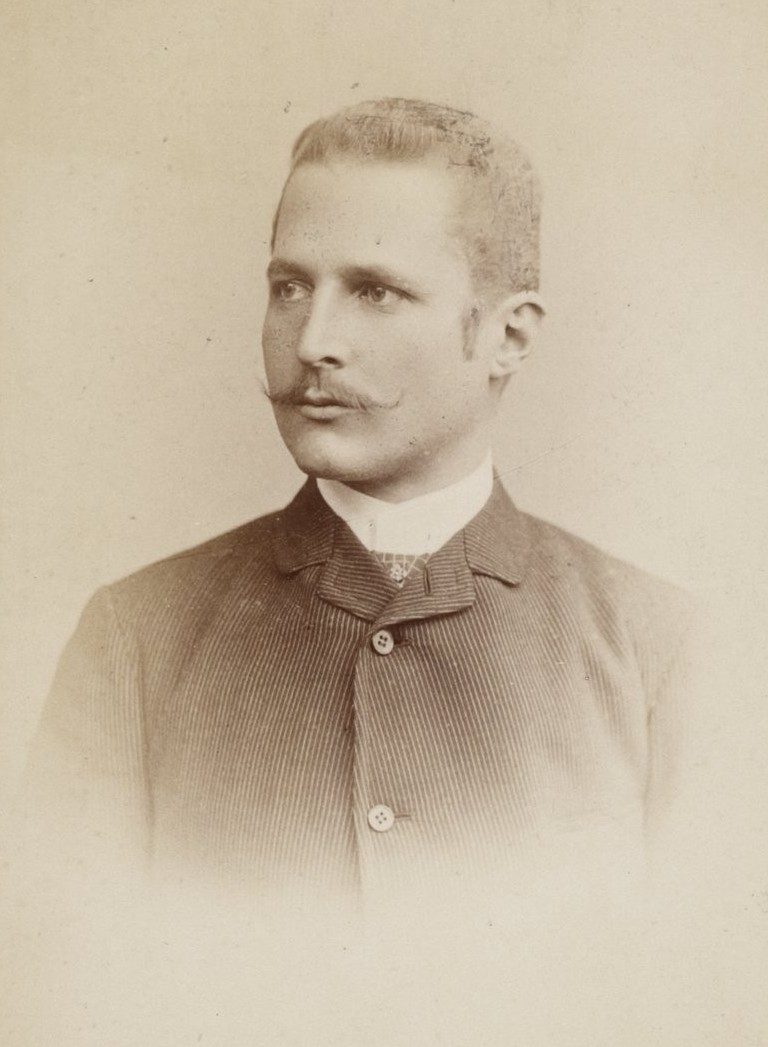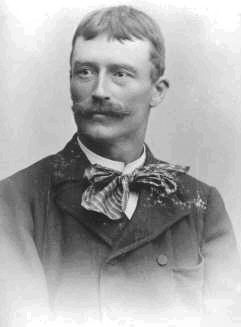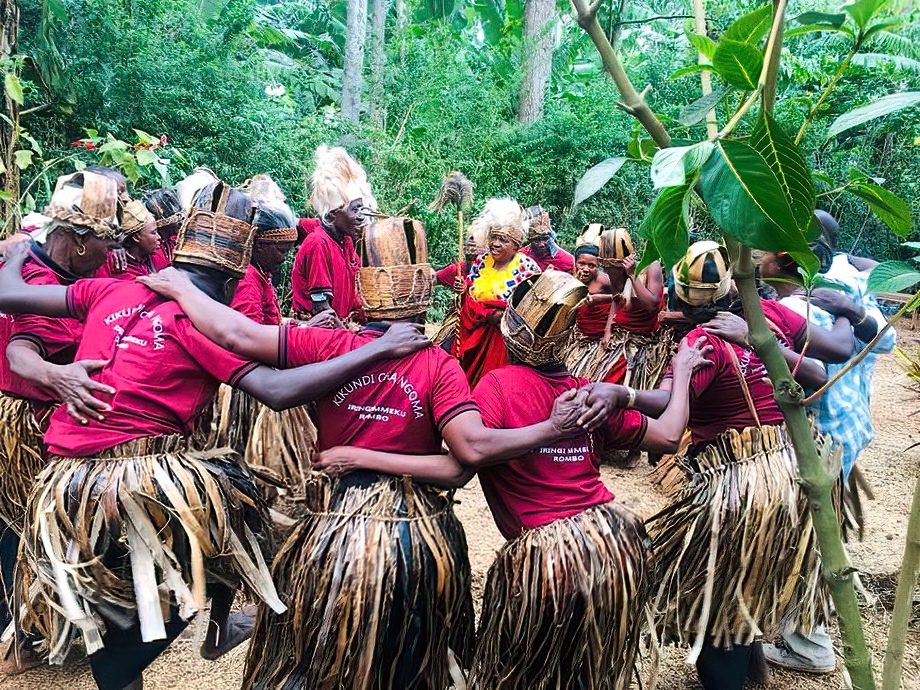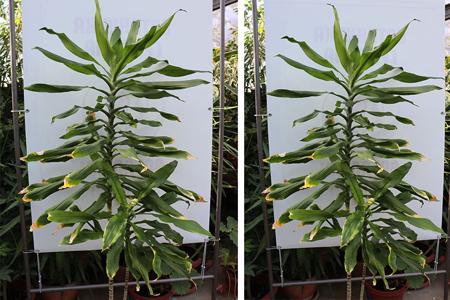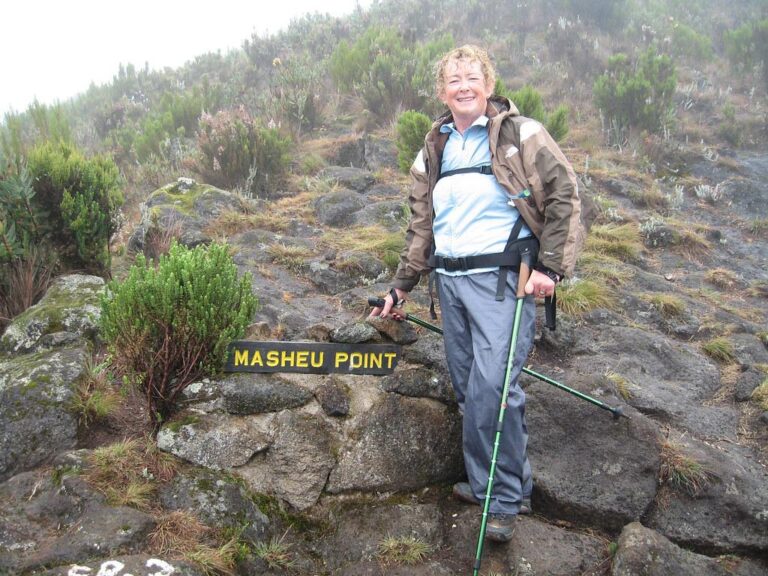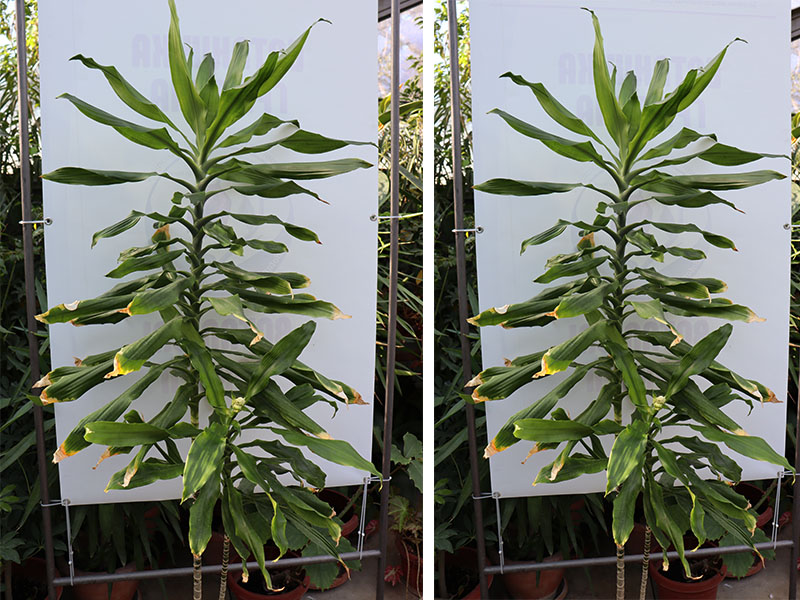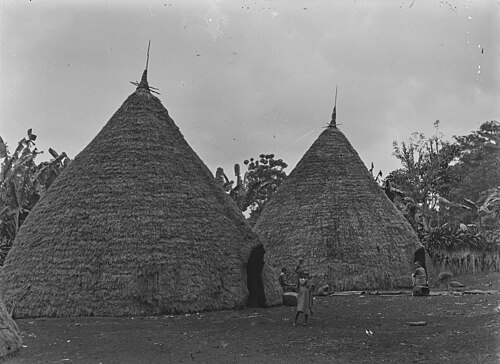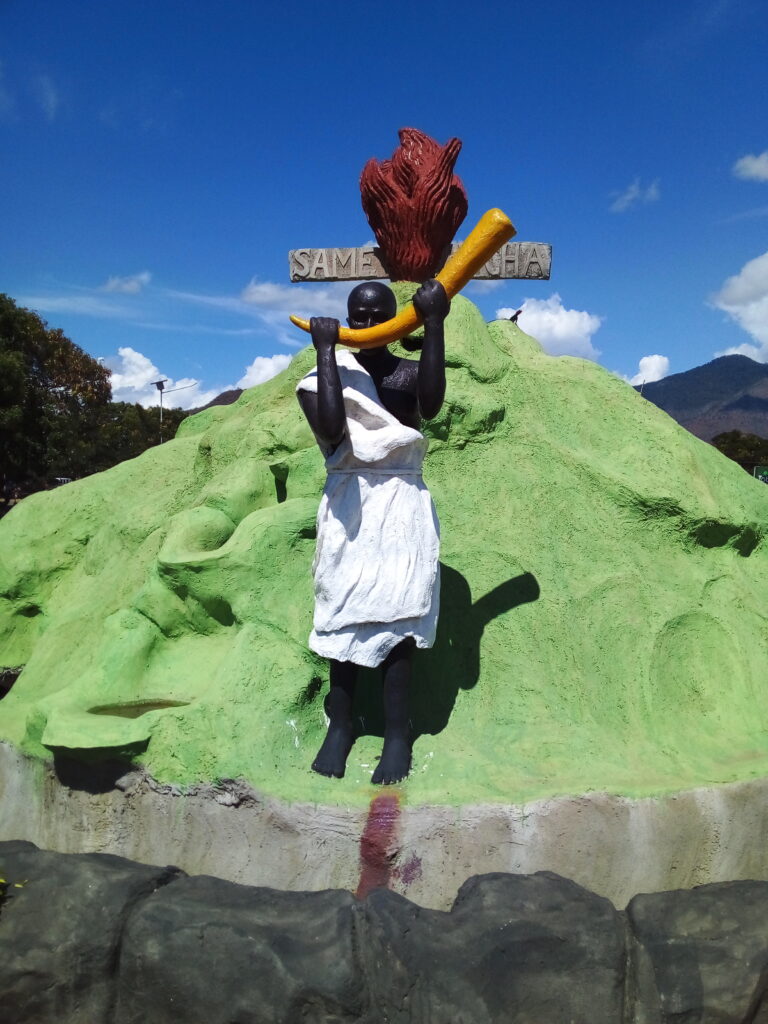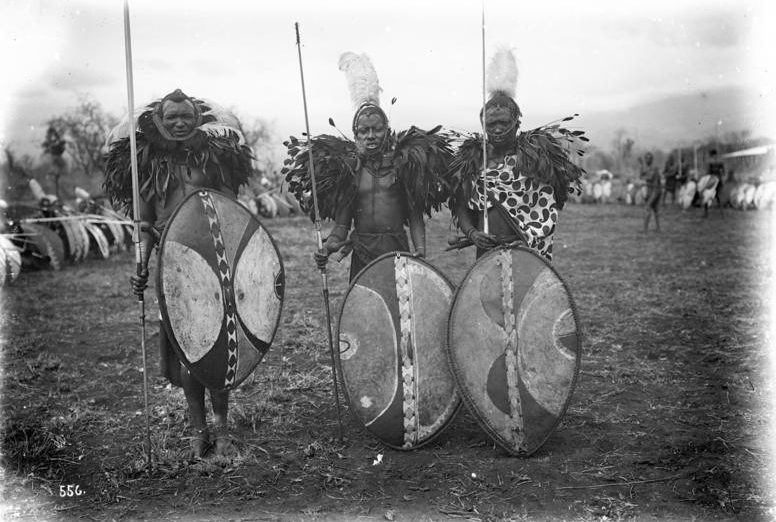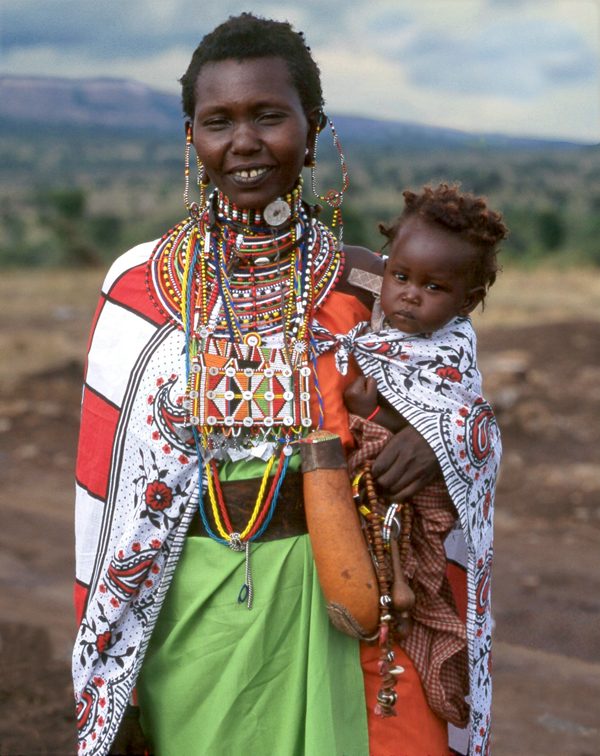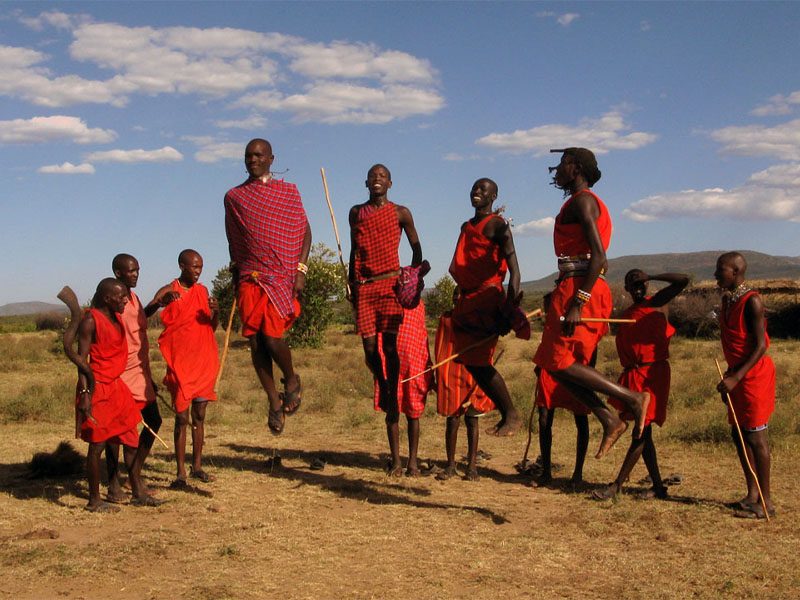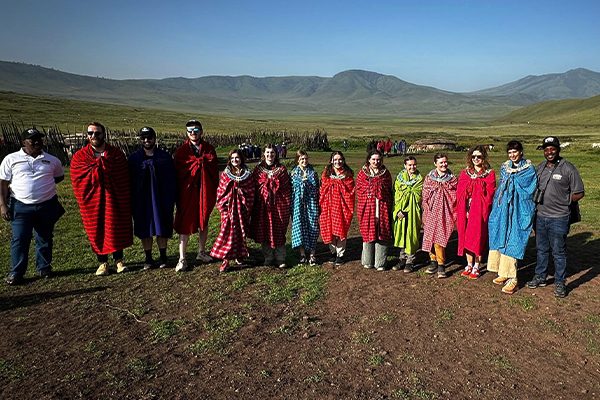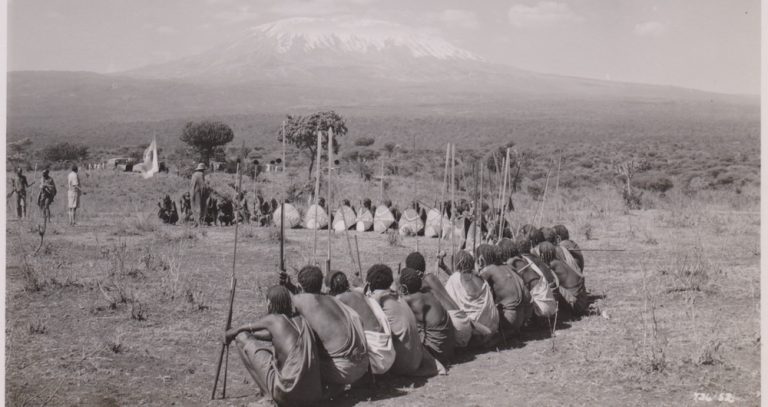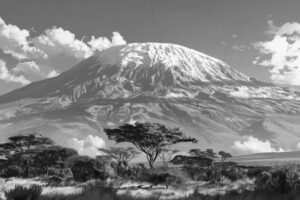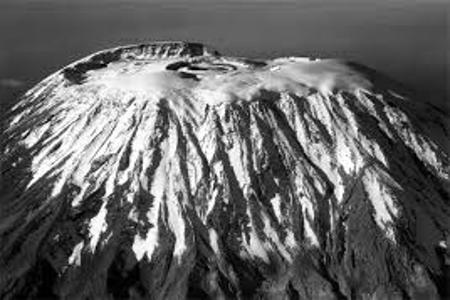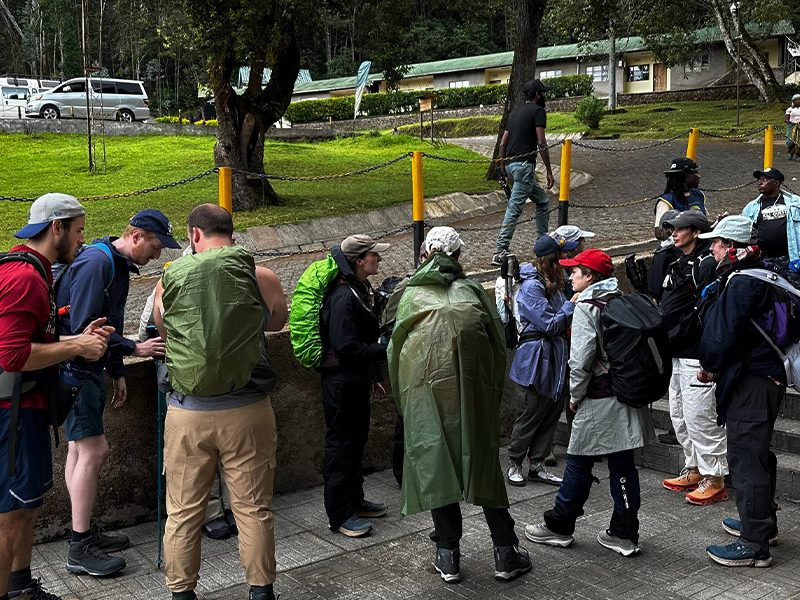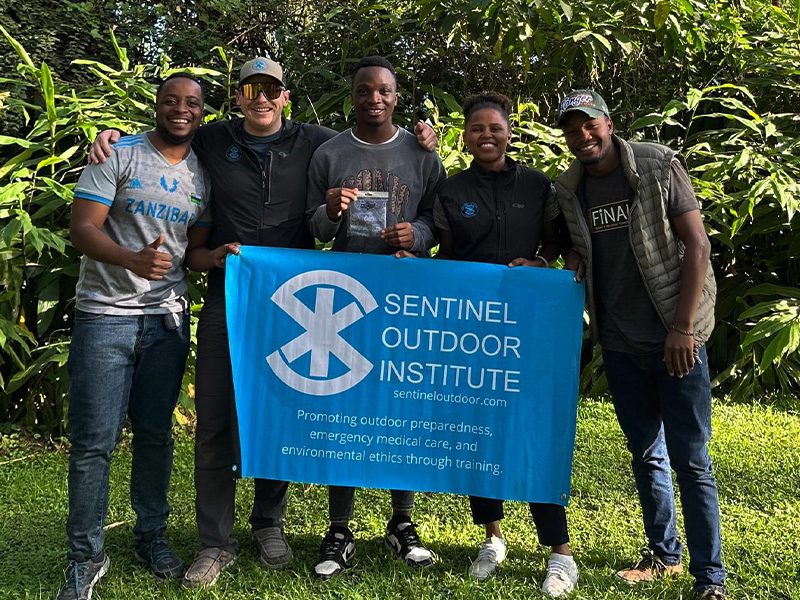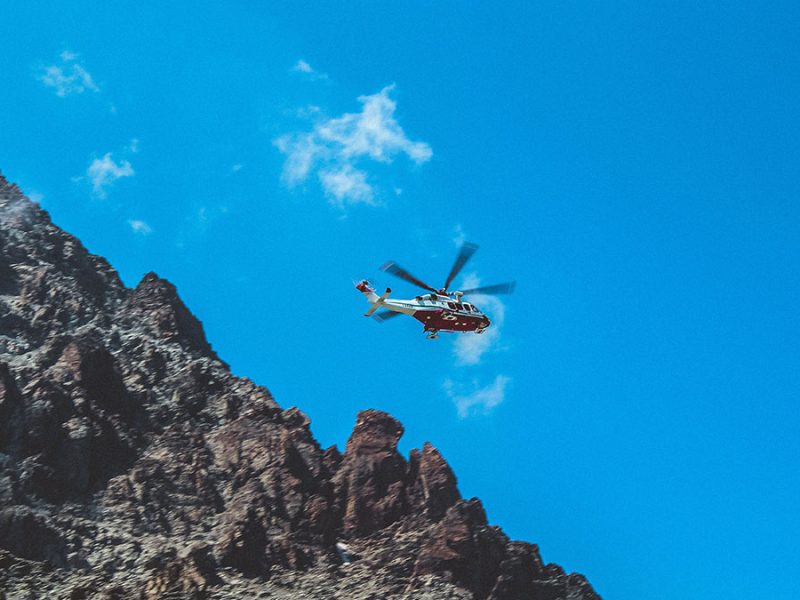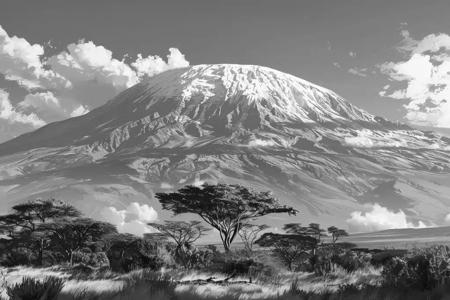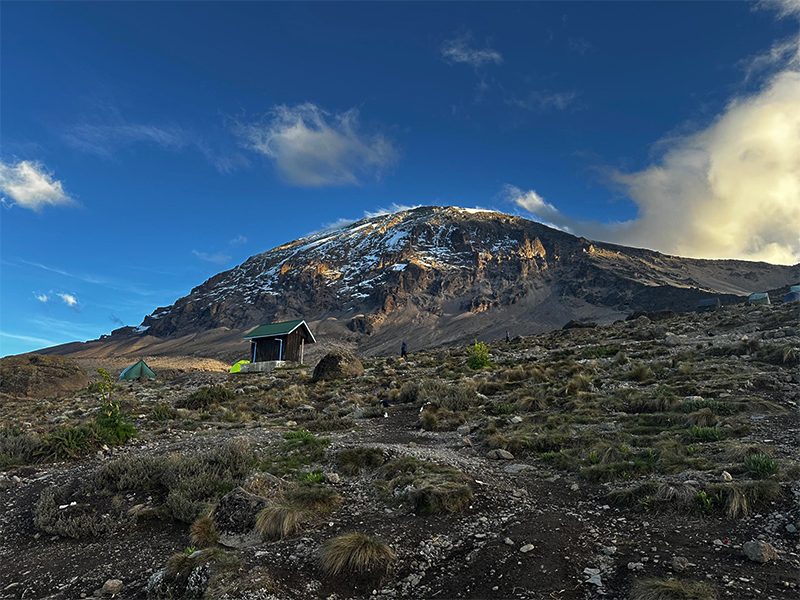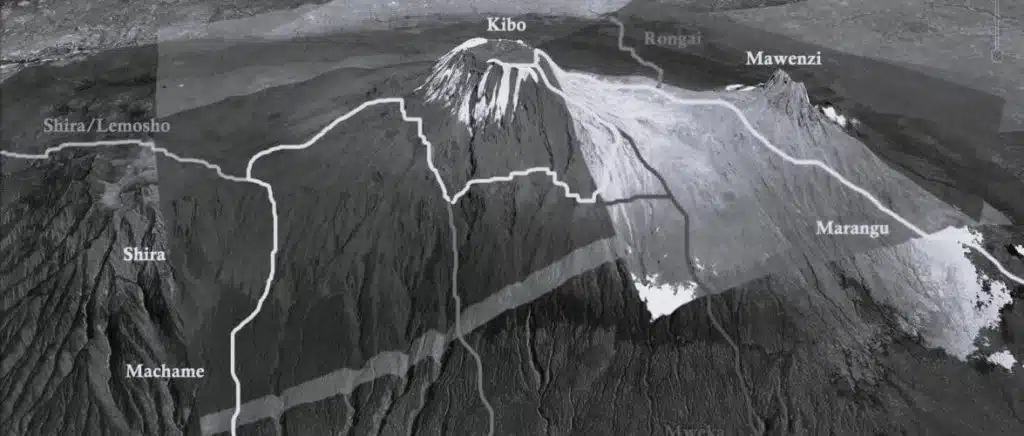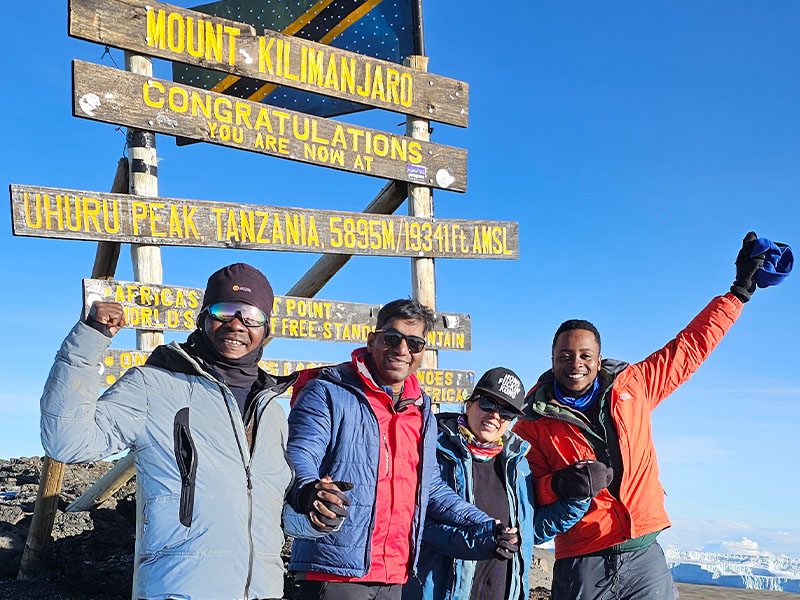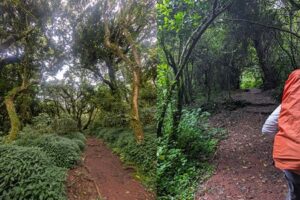Table of Contents
Shira Route on Kilimanjaro: Remote Trail with Open Views
Why Choose the Shira Route?
Due to this high starting point, it’s best suited for experienced high-altitude hikers or those who’ve already acclimatized. If you’re looking for a less crowded adventure with expansive views and dramatic landscapes, Shira is worth considering.Check out other Kilimanjaro routes comparison.Each route has its pros and cons—see our Kilimanjaro Route Comparison to choose the best fit
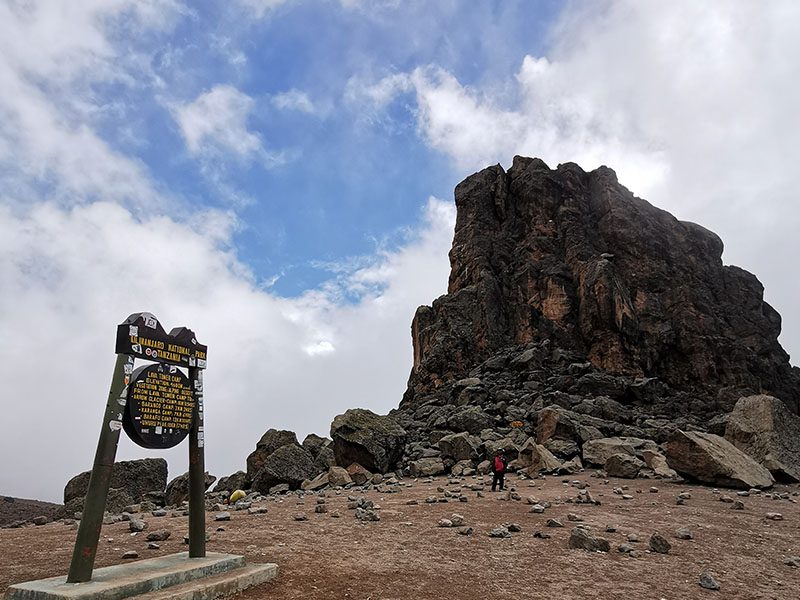
Shira Route Overview
Feature Details
Route Length – 7 days
Distance – ~56 km (35 miles)
Start Point – Shira Gate (Western Kilimanjaro)
Highest Point – Uhuru Peak (5,895 m / 19,341 ft)
Difficulty – Challenging due to fast altitude gain
Best For – Experienced trekkers, scenic lovers, fewer crowds
Success Rate – 85% on the 7-day version
Shira Route Days and Elevation Profile
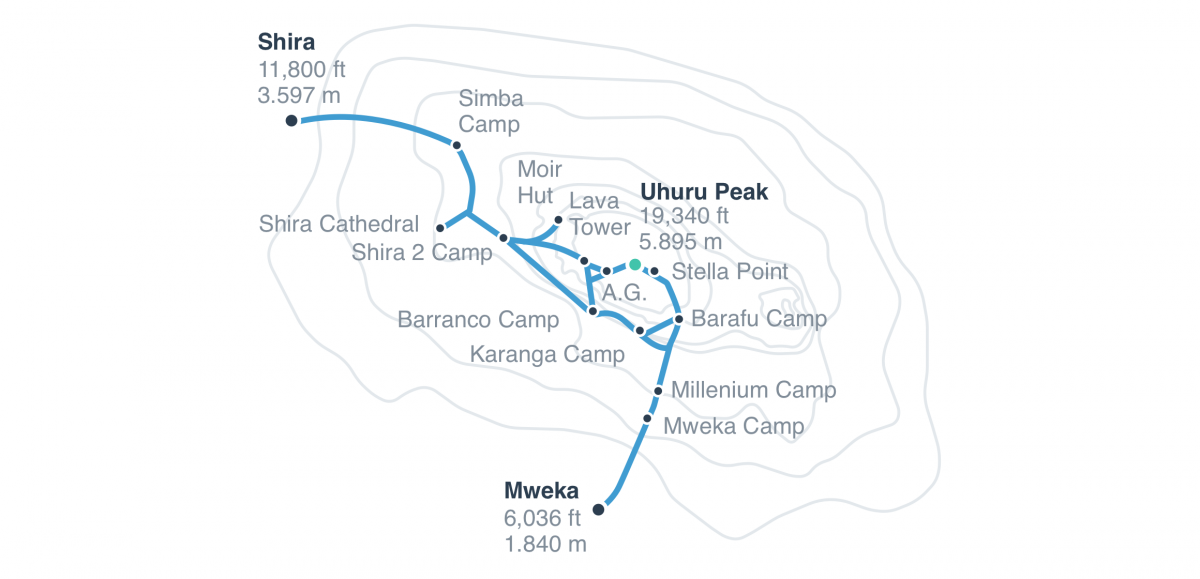
Day-by-Day Itinerary (7-Day Itinerary)
Day 1: Shira Gate to Shira 1 Camp
- Altitude: 3,600 m to 3,610 m
- Hike Time: 1–2 hours
- Start high and trek across the Shira Plateau with expansive views.
Day 2: Shira 1 to Shira 2 Camp
- Altitude: 3,610 m to 3,850 m
- Hike Time: 4–5 hours
- Gentle ascent across open alpine meadows.
Day 3: Shira 2 to Barranco Camp (via Lava Tower)
- Altitude: 3,850 m to 4,640 m (up) → 3,960 m (down)
- Hike Time: 6–7 hours
- High-altitude acclimatization day via Lava Tower before descending.
Day 4: Barranco to Karanga Camp
- Altitude: 3,960 m to 4,035 m
- Hike Time: 4–5 hours
- Climb the iconic Barranco Wall, then continue to Karanga Valley.
Day 5: Karanga to Barafu Camp
- Altitude: 4,035 m to 4,673 m
- Hike Time: 3–4 hours
- Short hike to the base camp. Rest and prep for summit.
Day 6: Summit Day – Barafu to Uhuru Peak & down to Mweka Camp
- Altitude: 4,673 m to 5,895 m (summit), descend to 3,100 m
- Hike Time: 12–14 hours
- Early morning push to the summit followed by a long descent.
Day 7: Mweka Camp to Mweka Gate
- Altitude: 3,100 m to 1,640 m
- Hike Time: 3–4 hours
- Final walk through the rainforest. Receive your summit certificate!
Shira Route Difficulty and Acclimatization
The Shira Route is considered more difficult than Lemosho Route because it starts high — at 3,600 meters. This gives less time for your body to adjust gradually, which increases the risk of altitude sickness. However, the route merges with Lemosho after Day 1, providing good acclimatization afterward.
Best for:
- Experienced hikers with prior altitude exposure
- Climbers acclimatized from a previous trek
- Those wanting a quieter, scenic route
The Lemosho Route is our most scenic trail and has a 98% success rate
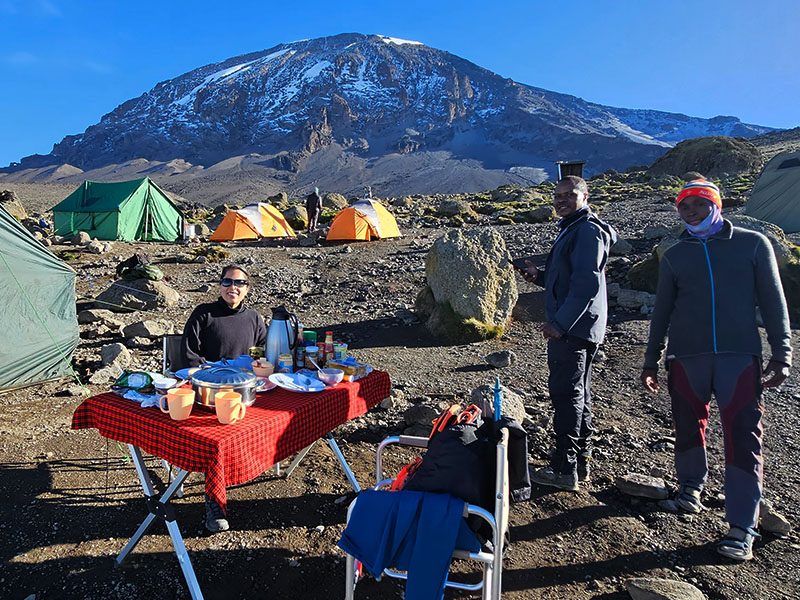
Best Time to Climb the Shira Route
The ideal seasons are:
- January to early March: Warm with occasional clouds
- June to October: Clear skies and dry conditions
- Avoid:
- Mid-March to May (long rains)
- November (short rains)
What Makes Shira Route Unique?
- Starts high on the Shira Plateau (jeep-accessible trailhead)
- Stunning views from Day 1 onward
- Less used and less crowded
- Joins the Lemosho trail from Day 2
- Passes iconic landmarks like Lava Tower and Barranco Wall
Wondering what’s included in your trek? See exactly what you get with our all-inclusive climbs in the Climb Package Guide — from airport pickup to summit support.
Is the Shira Route Right for You?
Choose Shira if you:
- Are already acclimatized or experienced at high altitude
- Want to avoid crowds and enjoy peaceful landscapes
- Prefer a shorter itinerary with similar views to Lemosho route
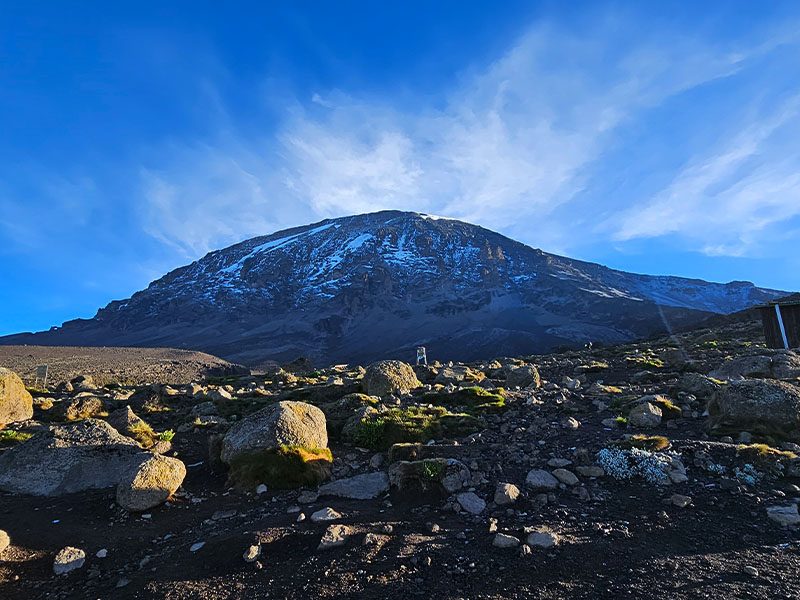
Climb Kilimanjaro with Kili Quests via the Shira Route
At Kili Quests, we offer expertly guided Shira Route climbs for adventurers who want something scenic yet off the beaten path. Our professional mountain teams ensure you’re safe, well-supported, and prepared for the summit — even on this high-starting route.
Ready to explore Kilimanjaro’s remote western side.Planning your trek? Make sure you understand the official Kilimanjaro trekking rules — from park permits to group size, safety requirements, and porter regulations.
[Contact us today] to start planning your Shira Route adventure with Kili Quests.
Related Articles
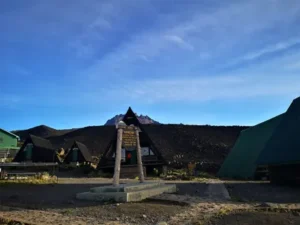
Marangu Route: Hut-Based Kilimanjaro Trek
April 15, 2025
No Comments
Table of Contents Marangu Route on Kilimanjaro: Hut-Based Kilimanjaro Trek Why Choose the Marangu Route? The Marangu Route is one of the most historic and
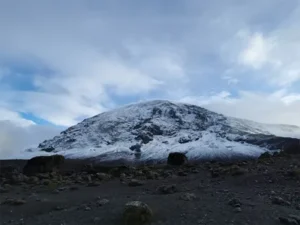
Northern Circuit: Longest Kilimanjaro Route
April 15, 2025
No Comments
Table of Contents Northern Circuit Route on Kilimanjaro: Longest Kilimanjaro Route Why Choose the Northern Circuit Route? This route fully circles the northern slopes of
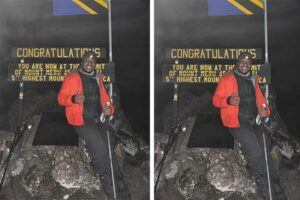
Climb Kilimanjaro or Mount Meru? Trekking Guide 2025
April 15, 2025
No Comments
Table of Contents Kilimanjaro vs Mount Meru: Which Trek Should You Choose? If you’re planning a mountain adventure in Tanzania, two peaks often come


